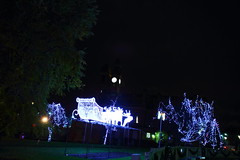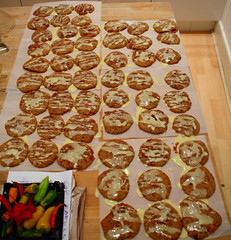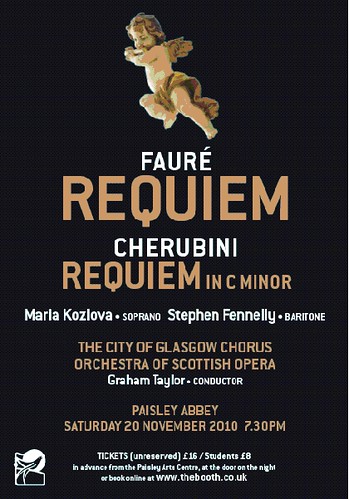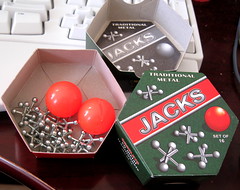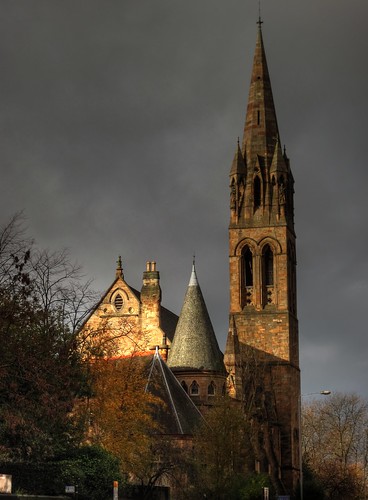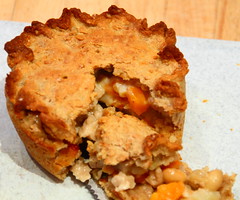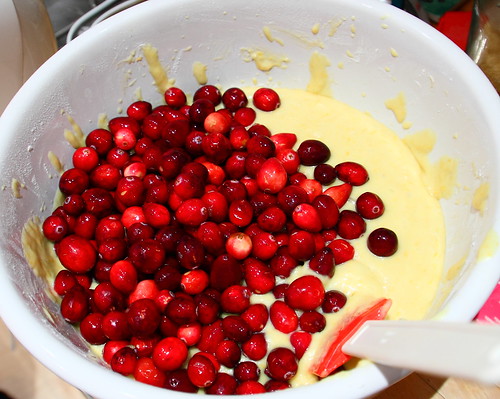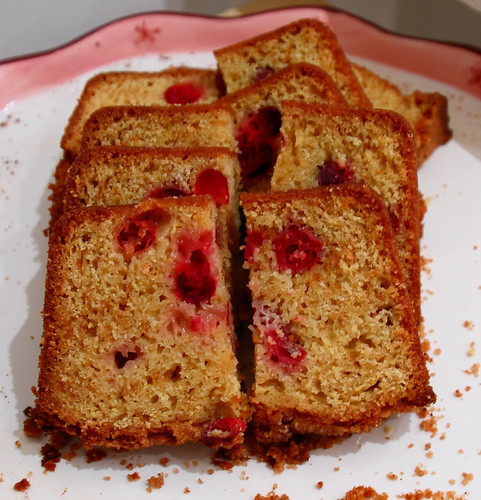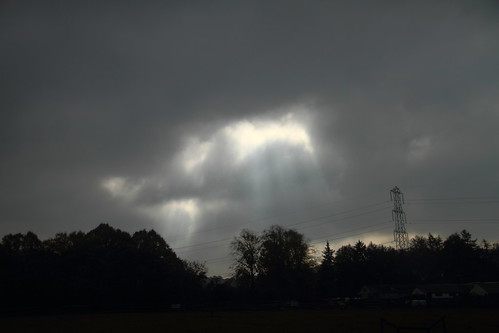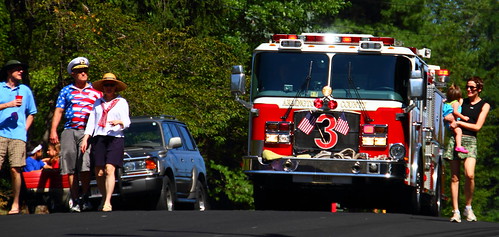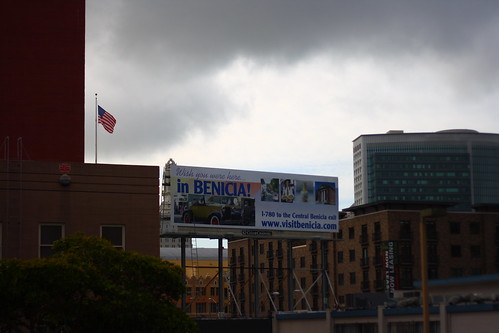Once upon a time in 1163, there was not much going on except for the Middle Ages, which meant a lot of farming and fleas and Lords and Ladies and possibly a bit of storytelling from Pliny the Elder. There was not much else but priests and popes (who were kind of war leaders and mafia heads instead of churchmen) and lots and lots of prayers as villeins and serfs strove to make sense of a world which was big and scary. And, there was a landowner who was in search of piety and decided to build an abbey on the site of a 6th century Celtic worship site. So, the landowner got his petition together. And soon, there were monks. The abbey lasted until the early 1500’s, when it started caving in after a minor earthquake.
Soonish after that was the Protestant reformation, when Martin Luther got tired of the “priests and popes” business. And then, there were Lutherans. And then, of course, they argued, so then there were Calvinists and Presbyterians. The abbey caved in the rest of the way, and nobody in Scotland had the courage to say they cared, else someone might have called them a Papist, and nobody wanted any of that kind of trouble. (Those Presbyterians were scary.)
Typically, as soon as the dust settled, people’s staunch beliefs about architecture and worship lurched toward preservation a few hundred years later. No priests and popes, since post-reformation Church of Scotland remains safely Presbyterian, but by 1890 much of the original abbey had been restored. Now there were pastors and, um, parishioners. Much better for everyone. Apparently.
Sadly, at that time of reformation and reform, no one thought to put in central heating, which would have greatly enlivened worship from that time to the present.
!
Even with a full orchestra, a hundred and fifty plus choristers and about eight-hundred-and-fifty audience members (this is how many tickets were sold, anyway) a sandstone building in late autumn in Scotland is just freezing. Also, it’s a tough place to get ready for a concert. While we were given a lovely dressing room up an ancient spiral staircase (where one of the altos almost took a header, having caught her heel in the hem of her trousers), the abbey was not really prepared for a hundred and fifty people brushing up their look, for seventy or so women slithering into The Blouse of Hideous Purpleness (of which, you will note, you see no picture), of that many men trying to brush hair, tuck in black shirts, wash faces, and otherwise perk themselves up after a grueling three hour rehearsal. “The only place to get any electricity around here is if you unplug the organ,” one of the sopranos remarked dryly as she pulled her hair back in a serviceable bun. Not a lot of glitz or curls going on, except of the humidity-induced natural variety. Plain hair, plain faces, and a whole lot of long underwear and fervent wishes for gloves and scarves. Shivering singers.
And yet, it was somehow still a fairly decent concert.
It’s strange to plenty of people that anyone can derive such enjoyment from singing requiems. They’re a bygone form of music; it’s rare for composers to come up with new work in the requiem form. The prayers, which are prayers for the souls of the dead, are fairly standard in the Catholic tradition. Since churches are no longer mainly made up of the wealthy who have enough dough to make others pray their immortal souls in a northerly direction, requiems are kind of — excuse the pun — dead. Even with all of the wars we have most people only pay lip service to worrying about the souls of the departed (well, most people who are a.) a Protestant or b.) hold a full-time job which doesn’t entail wearing a long black dress with a blue or black and white scarf thingy on their head. And even nuns probably have more duties than prayer nowadays.), and depending on your theological bent – or lack of one – there’s the whole question of whether any of it even matters or not. So, why do people even sing requiems?
Wellll… it’s because once upon a time in this same world, people died. Frequently. Rich people, poor people, popes and priests – somehow, death managed to equalize everyone. And because the prayers for the ease of the souls of the dead were sung so frequently and heard by so many, tradition (and some of those priests, likely) dictated that the prayers for the soul must also include terrifying reference to the day of judgment, the threat of death and hell, and sweet, angelic reminders of paradise. In adding all of this, the entire service because musically challenging. Great composers put their best efforts toward these requiems — and created intensely dramatic, powerful, and thrilling works of music which are, even when one is not thinking about any specific departed person, beautiful and moving and comforting.
We may disbelieve the whole soul thing. We may debate the dogmatic aspects of singing a piece of music which tradition aligns with a Catholic theology, and we’re definitely not Catholic. But we never doubt the beauty and power of music, and we’re grateful for the solemn dignity of the prose, the musical celebration of a life, and a reminder to sing while we can.
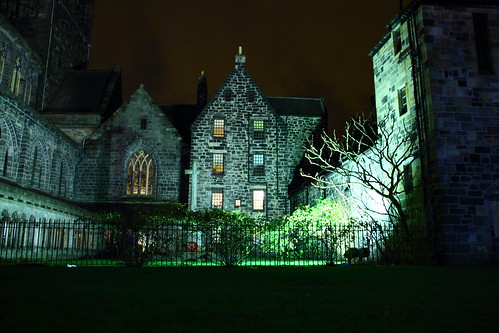
It’s tough to go from rehearsing in a large university classroom to performing in an acoustically live abbey — very tough. The bass line you relied on hearing, as it cued your part (without needing to pay attention to all of that pesky counting) can be utterly ruined, if the basses are confused by hearing echoes of the altoes and come in too early. The orchestra’s string-laden entrances seem vague when compared to the definite percussion of a piano keyboard. Rehearsing was tough — a bit acrimonious in parts. There was a lot of glaring between sections, snarky commentary from our choir master, and general panic. We very much wished we could have rehearsed with the orchestra a week earlier, but the fact is, they bill by the hour, and so most choirs only do a dress rehearsal with them (except for the symphony choir, perhaps). The aforementioned non-counting basses got a bit lost once, there were timid beginnings, and a few sour notes (for some reason, holding the key in a couple of spots was troublesome, though it had never been previously) which caused an almost imperceptible wince on the part of the choir master during the performance, but it was a powerful sound, and though the audience was mostly stern-faced (never a smiley group, these), they seem to have enjoyed themselves, and were enthusiastic in their applause.
And we had fun. Never mind the paying customers.
Not surprisingly, today we find ourselves a bit draggy. Standing still for five hours on a frigid cement floor — even in low heels or rubber-soled boots — is hard on the thighs and calves. Holding a score out in one’s hand — again, holding it mostly still — makes weird little twinges in one’s back and arms. Walking back to the train station provided opportunity to slither and slide on the salted cobblestones, which only added to the fun. Fortunately, all of Sunday’s plans are tied up in our monthly brunch out with C. — nothing other than maybe a bit of laundry followed by a long nap and a hot bath is planned for this bitterly cold Sunday.
Owing to the usual train kerfluffles, we arrived at rehearsal on the baton, which meant a silent wait until the director was distracted, and then a crazy scramble for our places instead of time to peruse the abbey and the Christmas lights in the town center. We plan to go back and take pictures when there is better light (and fewer spotlights on poles interfering with everything) and not the pressing need to escape the glares of the man with the “stick,” as he calls it. We have some bootleg recordings of the program, however! You can hear the Cherubini Requiem and the as well as an mp3 of the Fauré, recorded from behind the chorus. We are so loud in some parts we should have moved the recorders another twenty feet back – but still, we mainly wanted to give you an idea of what we sounded like.
When you rehearse once a week for two and a half hours with a group of people, you become accustomed to their presence, even if you never exchange a word. We like our choral group, and decided to make them cookies. Much to our amusement, some other members of the chorus came up with the same idea — all of them in the second sopranos, where T. currently sings. We had, between us, five dozen cranberry orange iced cookies, an entire gingerbread cake, and two dozen double chocolate brownies with marshmallows and nuts.
We quickly decided that we’d better share the wealth with the rest of the chorus, who voted that we do this baking thing every week. T, who feels like she spent a large percentage of her life in recent days either drizzling icing on something or cleaning it off of the counter, muttered, “Right. Not bloomin’ likely.”
So, no weekly cookie lovefest. More music, though; next concert is the 12th of December, followed by the “big show” on the 19th! (Yikes.)



